Cameron acknowledged that it can be a challenge to jump into the second season of any program. Though Season 1 was a success, changes on the production side meant this team had the opportunity to approach the show in a different way.
Season One had a lot of moving hardware in the room, tracking, and a lot of developing shots. The decision was taken to limit the tracking shots for Season Two. I still wanted movement, so I had to be creative with the coverage and place the cameras in range of the stage, allowing me to maintain a cine lens capture but minimizing them from audience view – a very tricky balance. I also wanted to achieve some strong classic framing, lifting the production value and supporting the content. At the same time, I had to maintain some flexibility in the close-up – using sliders, because both the guests and David Letterman were known to move and stand up a lot during the 90 mins of recording. We really couldn’t miss a moment and the operators had to adjust in a second.
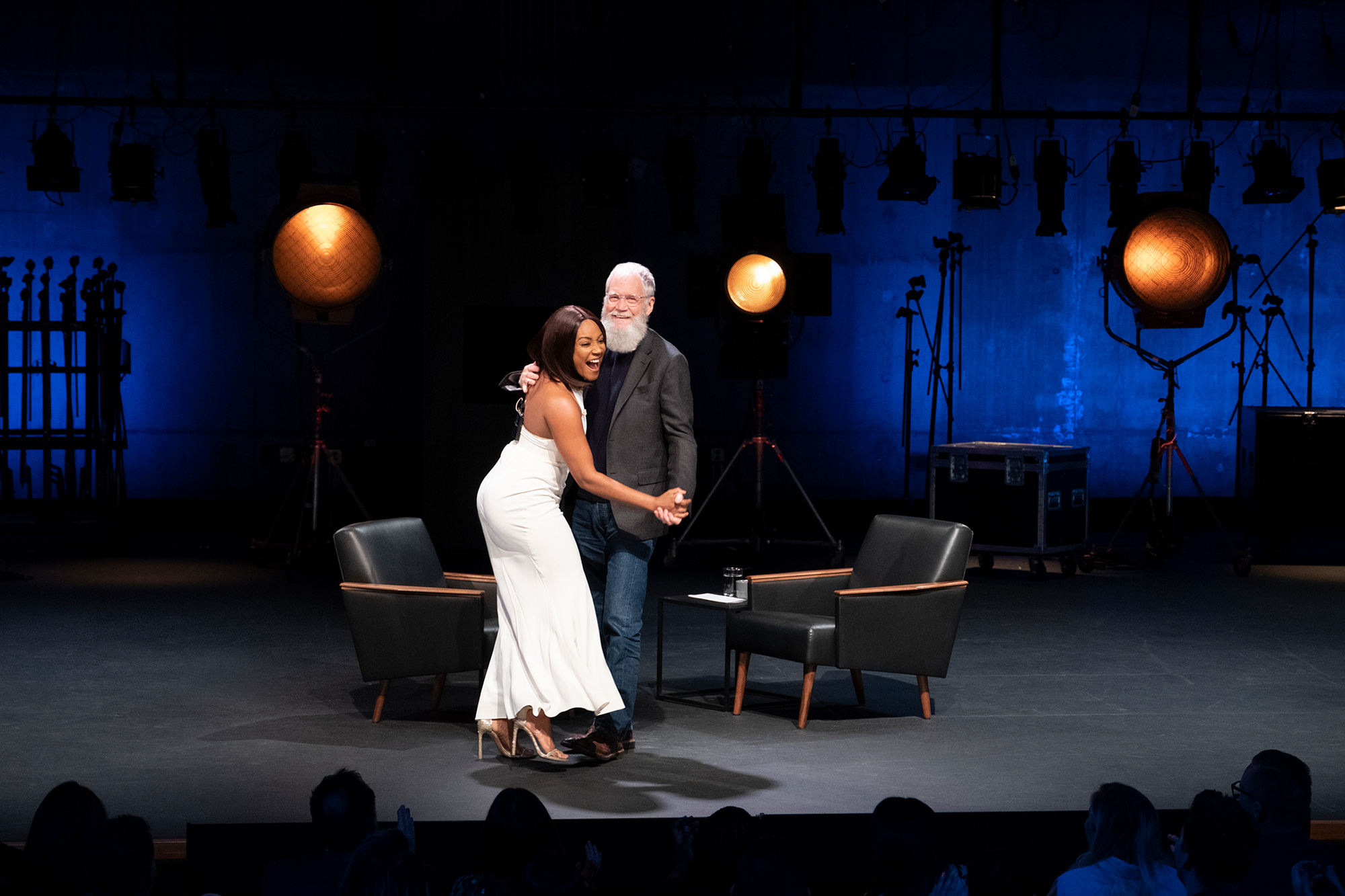
Considering the specific look the production was going for, Cameron knew exactly which lenses he wanted to use:
First and foremost I wanted to shoot on Angenieux zoom lenses, specifically the 24-290mm and the 28-340mm. These two lenses are my go-to choice for skin tone, and Abel was able to assure me that we could get these for both the LA and NY shoots. The other reason was that, if needed, I could use a 1.4x adaptor and there would be limited loss of resolution on these lenses. Brett Dicus and the TV Tech Managers engineering team coordinated technical production, ensuring the consistency of the lensing, camera rigging, and camera control. The multi-camera and bi-coastal workflow required coordination of all the departments including audio record, sound reinforcement, and communications.
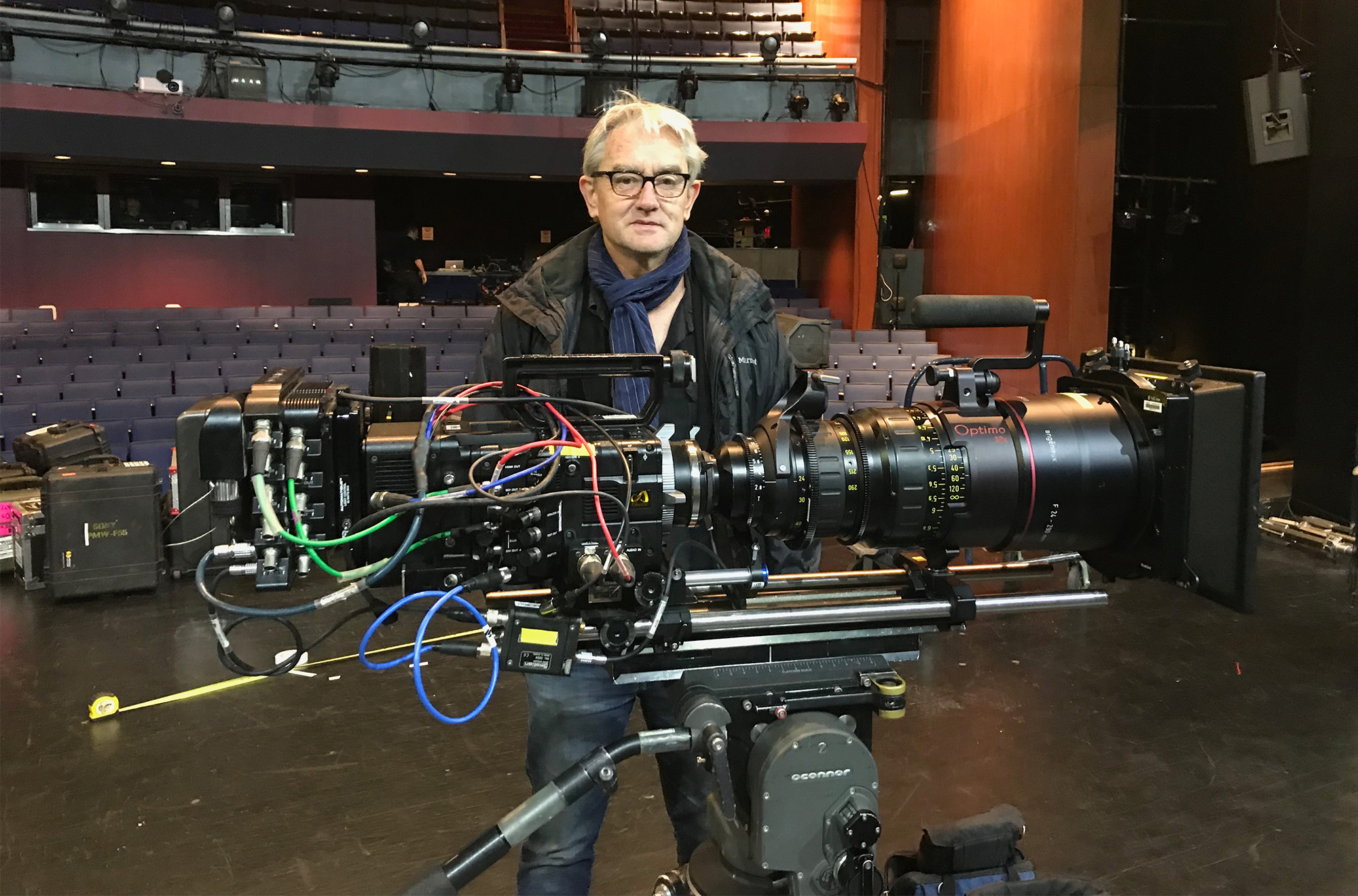
In fact, it was TV Tech Managers' experience in multi-camera production that made them such a key piece of both Season 1 and Season 2 of the series. Says Brett Dicus, Tech Manager & Media Engineer:
For Season 2, we leveraged the Sony Camera Control features using RCPs [remote control panels], allowing consistent iris control from the control room. MultiDyne fiber systems provided by AbelCine were used to keep camera connectivity clean and consistent over the long cable runs at the various venues.
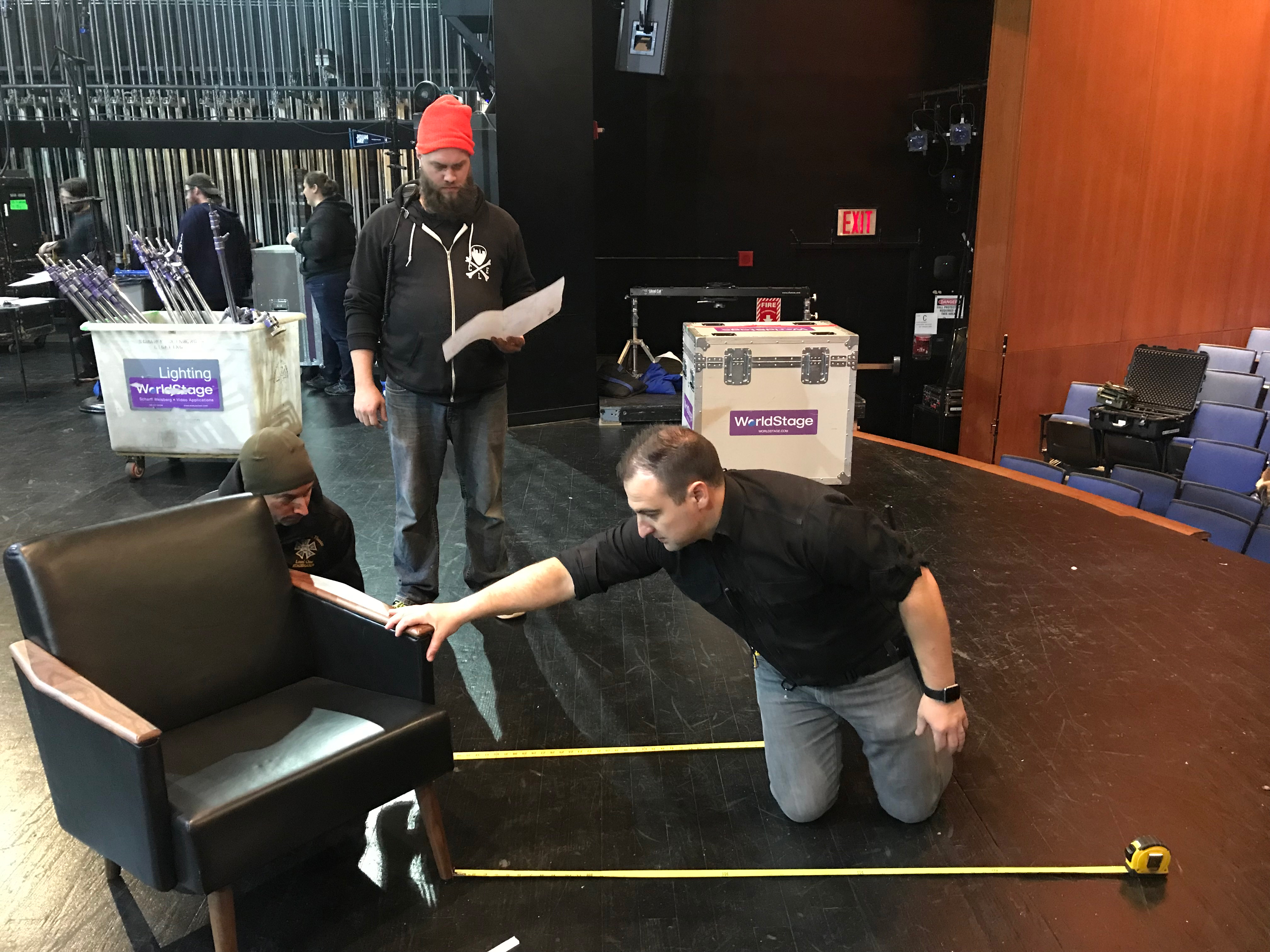
The other incredibly important part of the shooting discussion involved the codec choice. Cameron explains:
Netflix’s ongoing quest to push the boundaries of the deliverables in 4K meant that we were limited to a choice of two cameras and codecs. To achieve a good 4K UHD gradeable result, I decided on Sony’s X-OCN ST, which has a data size that is 40 percent smaller than the original Sony RAW format. This codec achieved a great result, especially with its low noise characteristics. The RAW format isn’t new, but has been impossible to apply to multi-cam capture due to the amount of data recorded. X-OCN gave me an opportunity to deliver this format, and once again, AbelCine was able to source the recorders and the AXS cards for shows on both the east and west coasts.

Being able to ensure gear availability and consistency across both coasts was essential to Cameron and the production team. Mike Nichols, AbelCine Business Development Manager, says:
Having offices in New York and Los Angeles allowed AbelCine Rental to seamlessly service the job and its Cine/Broadcast build. We were able to build the rig in one office and ship to the other office, while also customizing it to fit the needs of the LA crew versus the NY crew. Additionally, we were able to build the multi-camera fibre rigs and have the camera team test them at our Brooklyn facility.
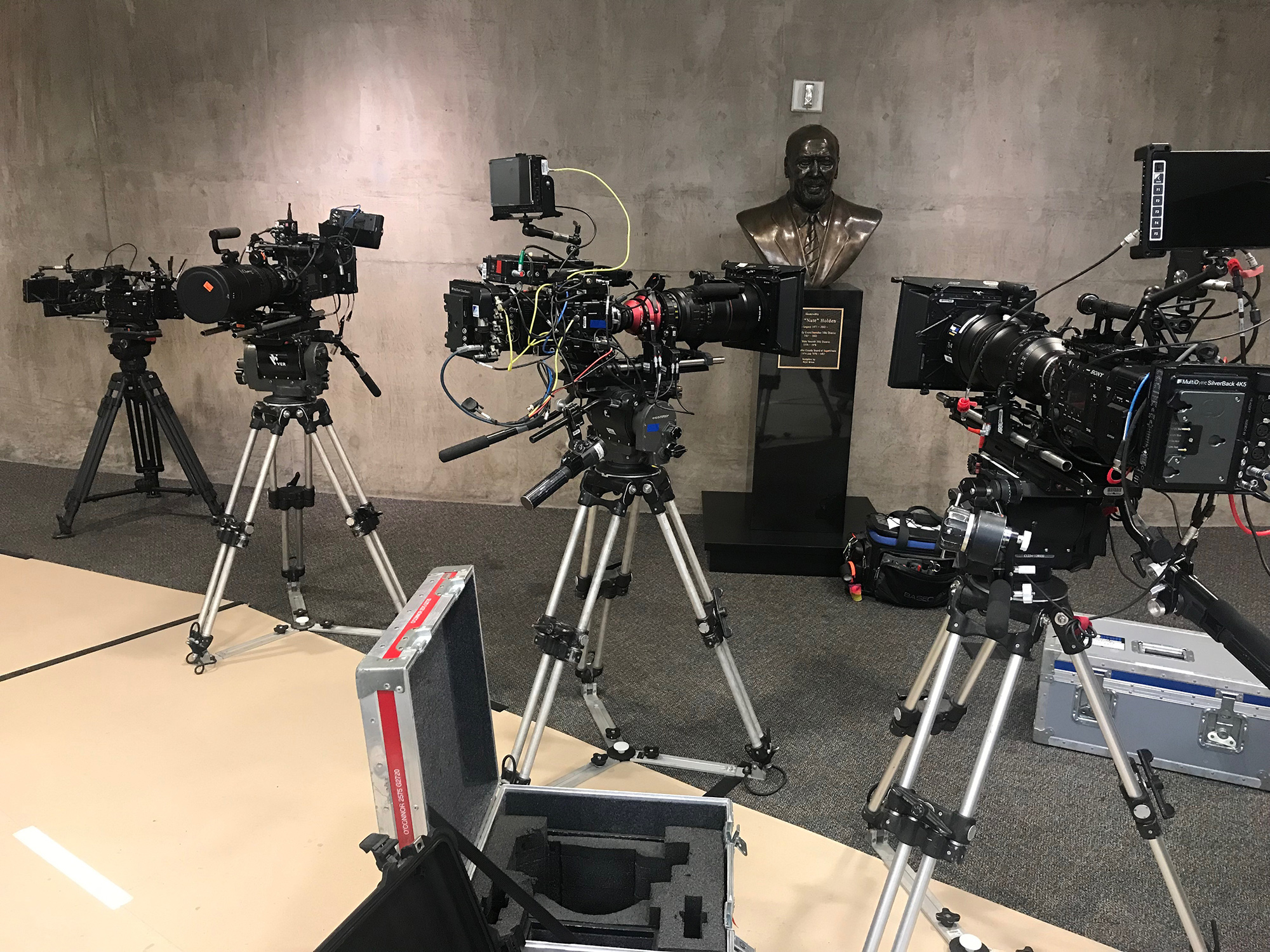
Even though it's a Netflix production, Cameron and his team still had a budget they needed to stick to. Working with TV Tech Managers and AbelCine's rental team, they were able to come up with a solution that checked all the boxes they needed for the show. Says Cameron:
The external recorders for the Sony cameras, as well as the AXS card hire, is an additional cost to the camera budget but a significant leap in production value. It was vital to capture this season in a "cine" style, as it had been in Season 1. I was happy to go with the F55 in this instance because the R7 recorder and AXS capture would give us the low-noise result I was looking for. This meant we recorded in-camera for the master. This is an unusual approach on a multi-cam project, especially when you have to change card slots whilst the conversation is happening. Fortunately, there were long questions and answers allowing us a few valuable seconds to switch slots.
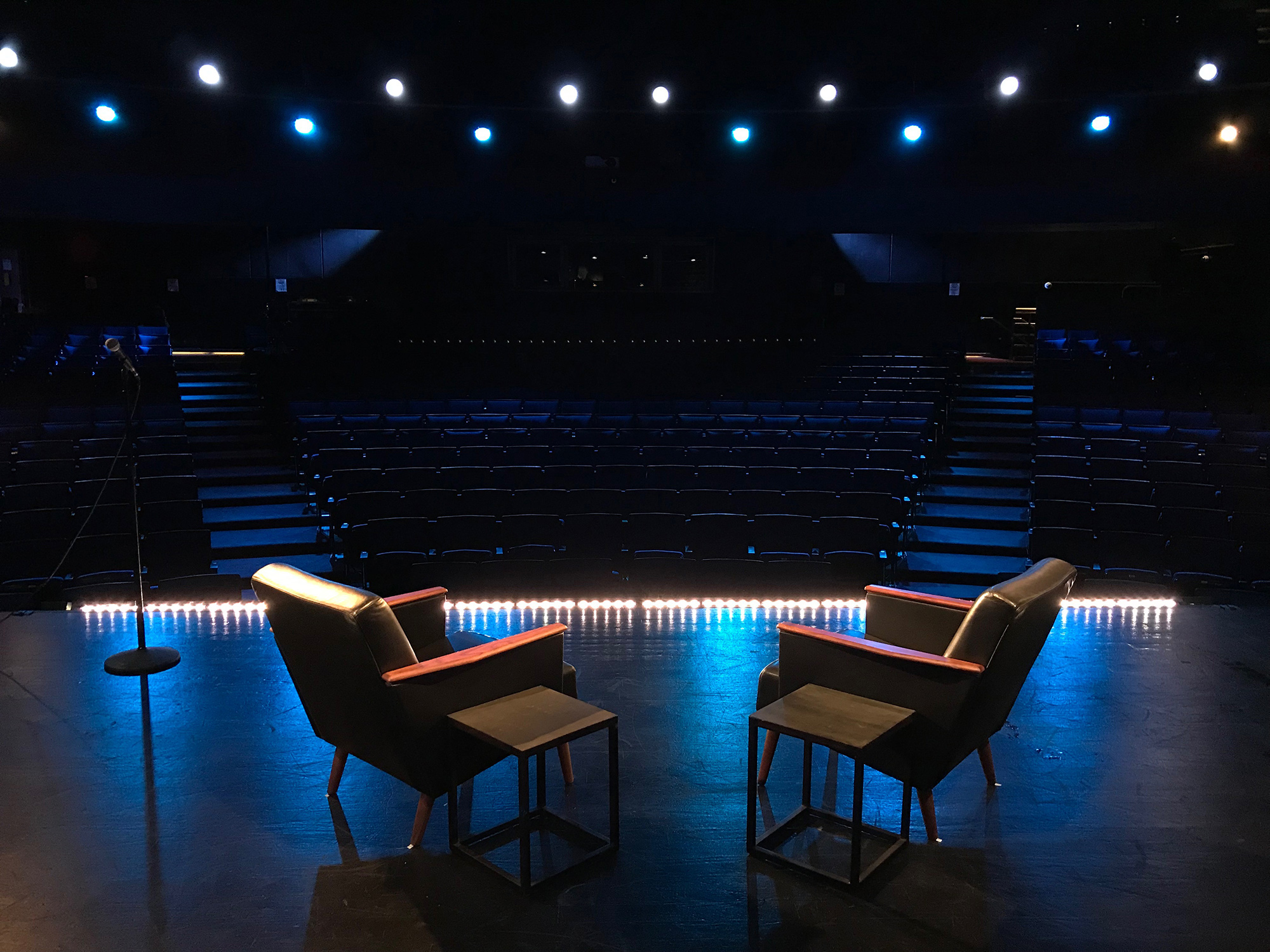
According to Mike, the budget was challenging, but not really limiting. "It did allow us to get creative in offering a solution that would hit the creative watermarks for the show, such as native UHD acquisition, fibre controlled transport and lens control, and retaining a cinematic quality."
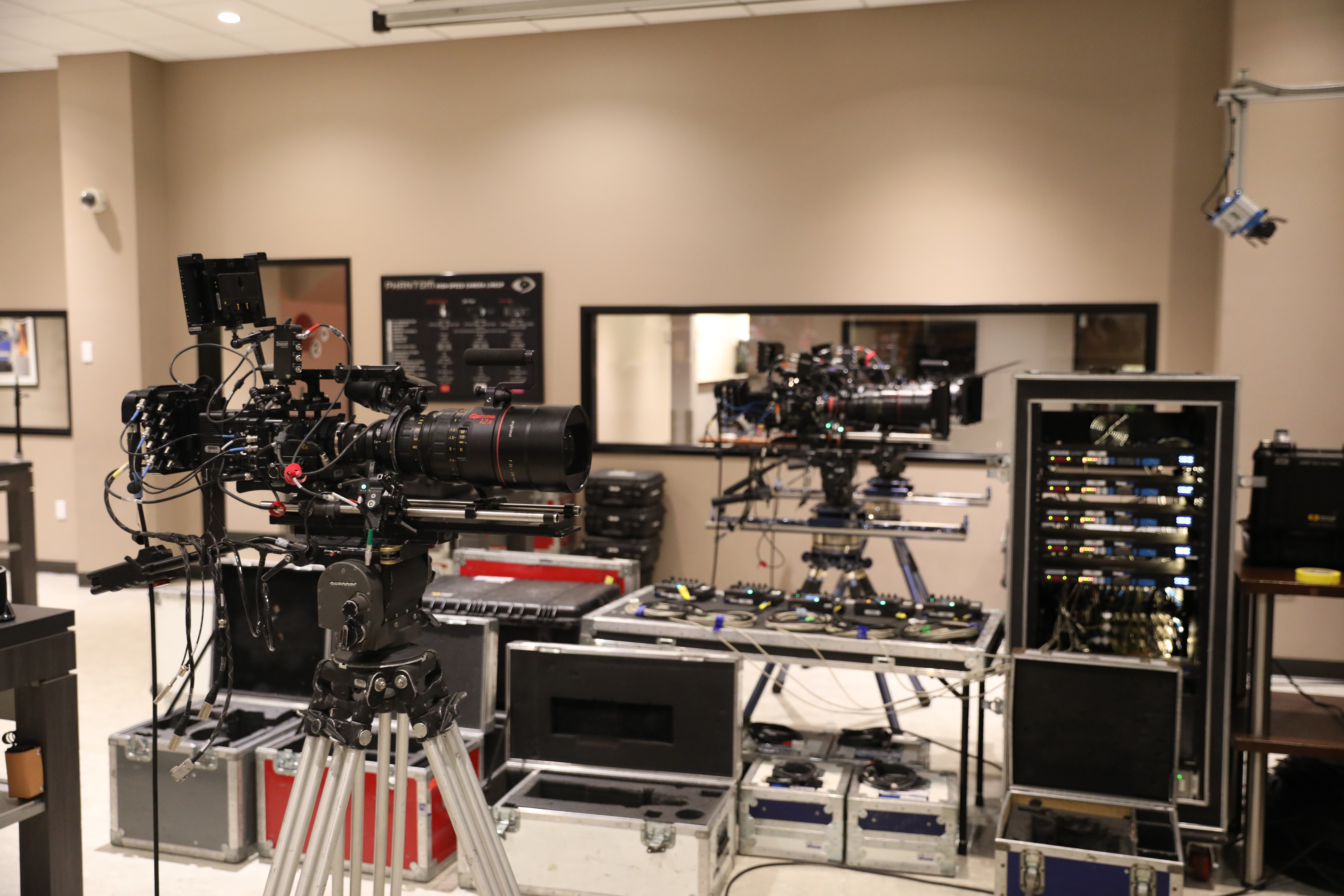
After putting in all that work testing, shipping, and setting up the gear, what did Cameron think about Season 2 when it was released? "The result has surpassed our expectations."
Season 2 of My Next Guest Needs No Introduction is now streaming on Netflix.
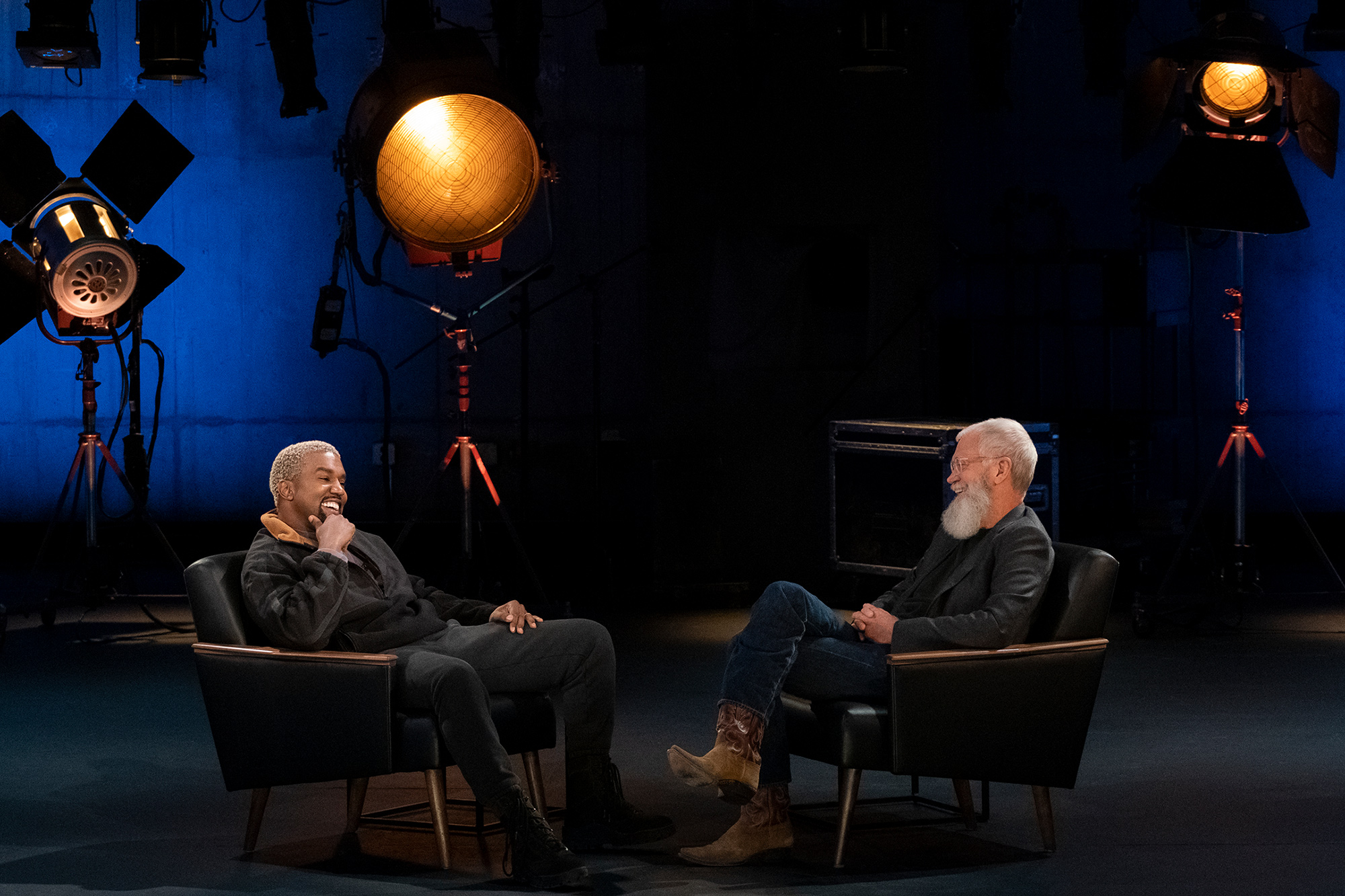
Quotes have been lightly edited for space and clarity. All program stills courtesy of Netflix. All BTS photos courtesy of Cameron Barnett.















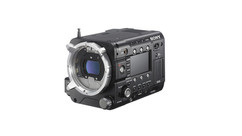
AbelCine encourages comments on our blog posts, as long as they are relevant and respectful in tone. To further professional dialog, we strongly encourage the use of real names. We reserve the right to remove any comments that violate our comment policy.
AbelCine publishes this blog as a free educational resource, and anyone may read the discussions posted here. However, if you want to join the conversation, please log in or register on our site.
We use Disqus to manage comments on this blog. If you already have a Disqus account registered under the same email as your AbelCine account, you will automatically be logged in when you sign in to our site. If not, please create a free account with Disqus using the same email as your AbelCine account.